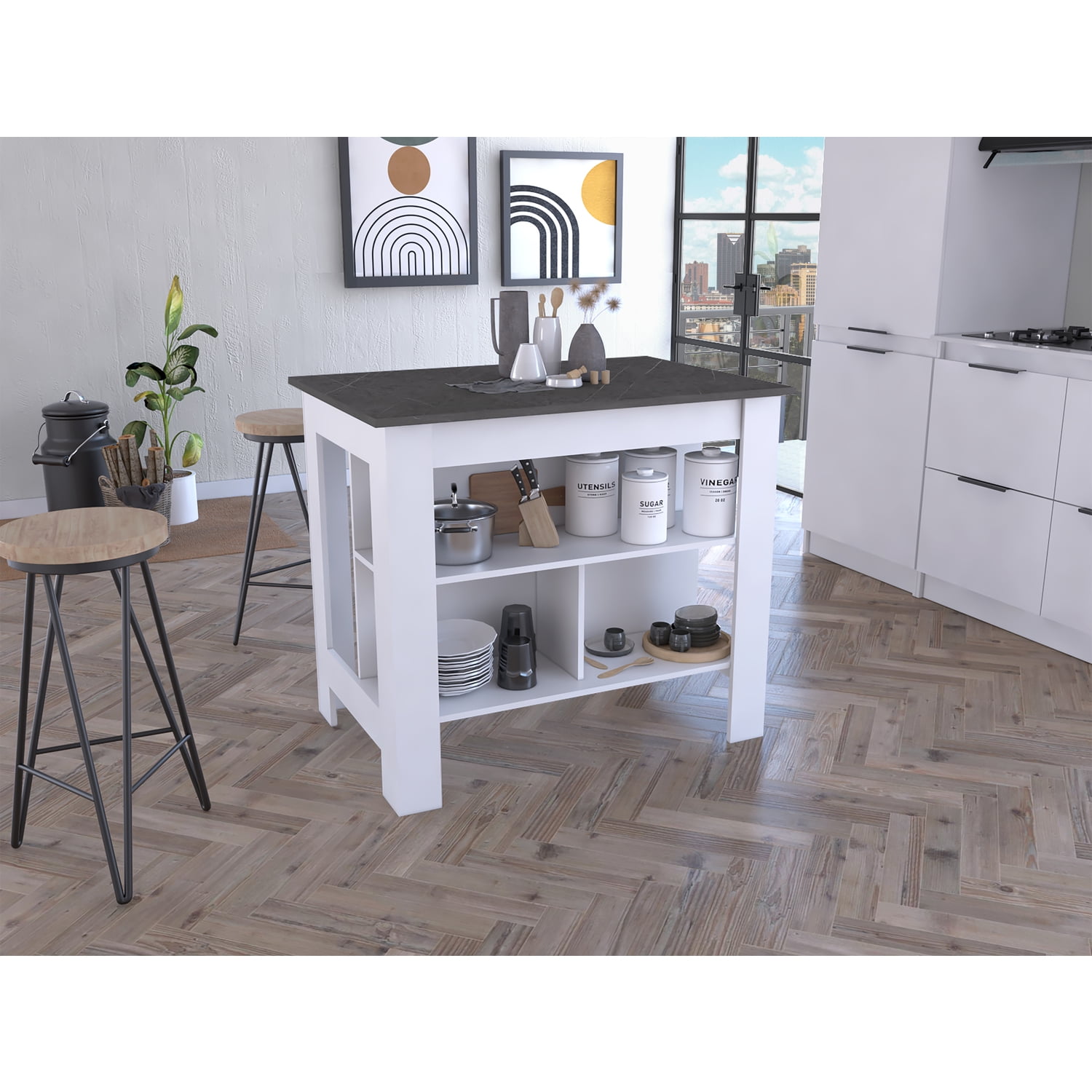Make Best Use Of Versatility with Adjustable Legs For Kitchen Island Functions
Make Best Use Of Versatility with Adjustable Legs For Kitchen Island Functions
Blog Article
Vital Elements to Think About When Choosing Legs For Kitchen Area Island
Selecting the proper legs for a kitchen island includes a cautious assessment of several variables that can considerably affect both functionality and aesthetic appeal. As we check out these components, it becomes clear that each choice can have far-reaching ramifications for the total kitchen experience.
Product Options
When choosing legs for a kitchen island, comprehending the various product options is necessary for attaining both aesthetic appeal and architectural honesty (Legs For Kitchen Island). The choice of material substantially affects not only the sturdiness of the island but additionally its total design and performance
Metal legs, commonly made from stainless steel or functioned iron, add a contemporary and commercial feel while ensuring resilience and stability. These materials are resistant to wear and can sustain significant weight, making them excellent for bigger islands.
One more choice is crafted products, like MDF or plywood, which can be a lot more affordable while still supplying a variety of coatings. They might not provide the very same degree of stability as solid timber or metal. Legs For Kitchen Island. Finally, materials such as acrylic or glass can develop a modern look, though they might call for additional assistance to make sure security.
Inevitably, the selection of material for cooking area island legs need to straighten with the wanted performance and the general motif of the kitchen area.
Style and Style

When considering style, the shape and finish of the legs are crucial. Tapered legs can offer a sense of lightness and elegance, while thicker, more robust legs can convey strength and security. In addition, the coating-- be it repainted, discolored, or natural-- ought to complement the cabinetry and countertop products to develop a unified appearance.
Additionally, the style of the legs can also reflect individual preference. Custom-made or ornamental legs, such as those featuring detailed makings or special geometric shapes, can work as centerpieces, including character and personality to the cooking area. Inevitably, the best choice will certainly not just enhance functionality yet likewise elevate the visual charm, making the kitchen island a standout attribute of the home.
Height Considerations
Picking the suitable elevation for kitchen island legs is vital, as it directly affects both capability and convenience. The basic elevation for a cooking area island usually varies from 36 to 42 inches, aligning with typical countertop heights.

It is additionally necessary to represent users' elevations and preferences. Customizing the elevation can guarantee a comfortable experience for all member of the family, making the cooking area island a much more functional and delightful area.
Weight Assistance
Guaranteeing adequate weight assistance for kitchen island legs is crucial for both safety and capability. The kitchen island usually serves numerous purposes, consisting of food preparation, see this page eating, and additional storage space, demanding a robust assistance structure. When choosing legs, it is crucial to think about the total weight capacity needed based upon the island's intended use and the products that will be positioned on it.
The selection of material for the legs plays a considerable duty in their weight-bearing capabilities. Solid timber, steel, and heavy-duty composites normally give exceptional stamina contrasted to lighter products. Additionally, the style of the legs-- whether they are directly, tapered, or have a pedestal kind-- can affect their ability to distribute weight successfully throughout the framework.
Always seek advice from the manufacturer's requirements regarding load restrictions to you can look here make sure that the legs can maintain the desired weight without jeopardizing safety. In summary, choosing kitchen island legs with sufficient weight support is important for creating a safe and functional culinary space.
Installment and Upkeep
Appropriate installation and upkeep of cooking area island legs are important for making sure longevity and security. To start, it is important to comply with the producer's standards throughout installation. This often entails protecting the legs to the island base making use of suitable bolts, making sure that the legs are level and straightened. Using a degree tool can help stop wobbling and boost the overall visual charm of the cooking area island.
As soon as set up, normal maintenance is needed to maintain the integrity and look of the legs wikipedia reference - Legs For Kitchen Island. For wood legs, periodic cleansing with a wet cloth and application of appropriate timber polish can stop dampness damage and preserve their coating. Metal legs may need a mild cleaning service to eliminate oil and grime, complied with by a completely dry towel to avoid rust development
Furthermore, evaluate the legs routinely for indications of wear or damage, such as fractures or loose joints. Tightening screws or bolts as needed can likewise extend the life expectancy of the legs. By adhering to these setup and maintenance methods, house owners can make sure that their cooking area island continues to be strong and aesthetically appealing for many years to find.
Final Thought

Visual coherence is critical in choosing the design and layout of legs for a kitchen island, as these elements significantly affect the total setting of the room. Tapered legs can provide a sense of lightness and sophistication, while thicker, a lot more durable legs can share toughness and security.Picking the appropriate height for kitchen island legs is important, as it directly affects both performance and comfort. In summary, choosing kitchen area island legs with appropriate weight support is vital for producing a practical and risk-free culinary space.
In conclusion, selecting legs for a kitchen island demands mindful factor to consider of numerous aspects, including material options, design, elevation, weight assistance, and setup.
Report this page